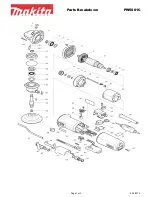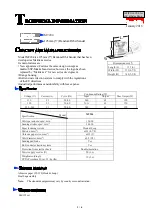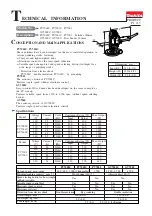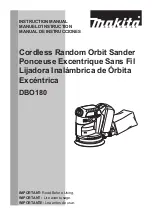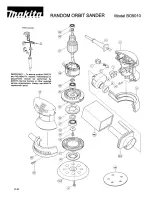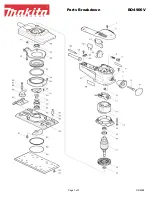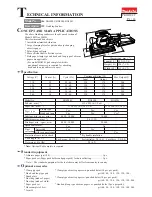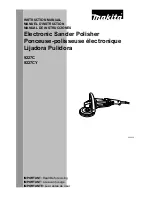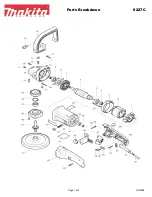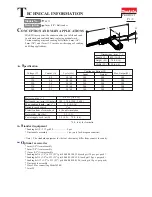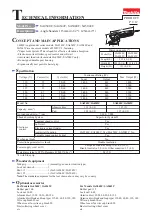
Page 7 - 4
Troubleshooting
© GBC Films Group January 2001
Orbit™ 2000 Operation and Maintenance Manual
7.2 Wave pattern troubleshooting
Waves or ripples in laminated images can be caused by; paper tension, laminating temperature,
incorrect nip, clutch tension, binding of film core on brakes or core ends, and cooling. Below is a description
of some common waves. Please refer to the wave illustration associated with each description.
Paper tension ( Wave 1 )
Cause:
These waves, visible in the finished image, are caused by uneven paper tension across
the width of the image, often called D-Waves. This can occur due to improper handling of the
paper at the laminator. Prior to entering the nip, the middle of the image becomes baggy and
eventually folds on itself.
Solution:
To remove these waves, check that the feed head is feeding the images smoothly and/or
check the nip pressure of the laminating rollers.
Laminating temperature ( Wave 2 )
Cause:
These are caused by the different rates of expansion and contraction of laminates and papers
( specifically coated ink-jet and photographic papers ) during lamination. The waves are
induced when the laminate and paper are both heated and then cooled, causing stress due to
different rates of cooling between the film and the paper.
Solution:
To eliminate the waves, you may either decrease the laminating temperature or increase the
speed.
Nip ( Wave 3 )
Cause:
These waves are seen on one side or the other of the laminated image. They are generally
caused by uneven settings of either the laminating rollers or the pull rollers, causing
uneven tension between the laminating rollers and the pull rollers.
Solution:
Check the paper pull adjustment, laminating roller pressure and/or the spreader roller ( if
equipped ) adjustment.































